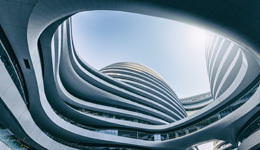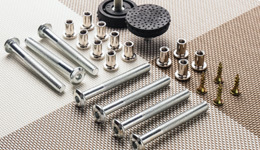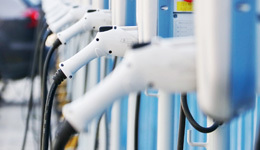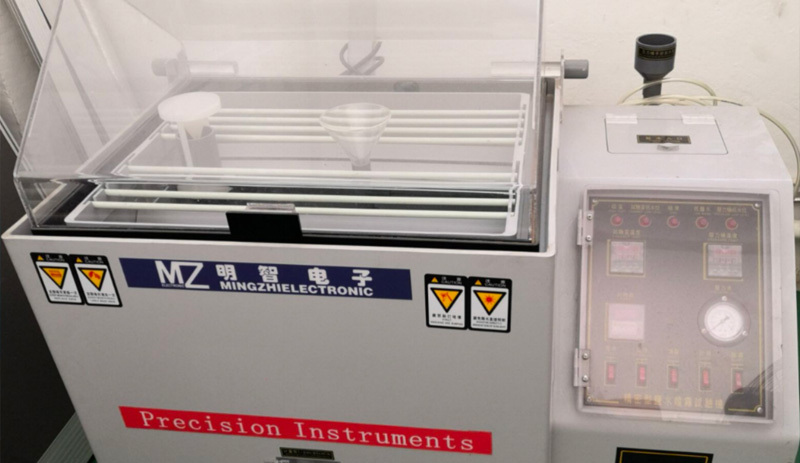The characteristics of ABS plastic raw materials and key points in mold design revealed.
Release time:
2024-12-25
In just a few minutes, quickly master the characteristics of ABS plastic materials and key points of mold design, easily improve your professional level!
In the field of plastic products, ABS plastic materials are widely used, but do you really understand it? Today, we will delve into this topic.
The natural color of ABS is light ivory, opaque, non-toxic and odorless, and belongs to amorphous plastics. It has moderate viscosity, and its melt flow is related to temperature and pressure, with pressure having a greater impact.
ABS resin is a slow-burning material; when burned, the flame is yellow, producing black smoke and a distinctive smell, and it does not melt and drip while continuing to burn.
Main advantages:
Overall performance is quite good: it has high mechanical strength; strong impact resistance, even in low-temperature environments it does not weaken immediately; it is not very sensitive to notches; good creep resistance, it does not deteriorate quickly even when the temperature rises; the surface has a certain hardness and is not easily scratched; it also has good wear resistance with a low friction coefficient.
Good electrical performance, with little influence from changes in temperature, humidity, and frequency.
Can withstand low temperatures as low as -40℃.
Resistant to acids, bases, salts, oils, and water.
Can be surface decorated through methods such as painting, printing, and electroplating.
Has a relatively low shrinkage rate, with a wide range of molding processes.
Main disadvantages:
Cannot withstand organic solvents, which can cause swelling, and can be dissolved by polar solvents.
Weather resistance is not very good, especially its ability to resist ultraviolet rays.
Heat resistance is not sufficient. The heat distortion temperature of ordinary ABS is only 95℃ - 98℃.
Mold design considerations:
Shrinkage rate:
The shrinkage rate of ABS is influenced by many factors, such as the wall thickness of the product, mold temperature, injection pressure, etc. When designing the mold, it is necessary to carefully calculate the shrinkage rate according to the specific product structure and process conditions, and then make corresponding compensations in the mold dimensions. If the wall thickness of the product is uneven, the shrinkage may vary in different areas and should be considered separately.
Draft angle:
In addition to having a draft angle of 1° - 2°, for complex structures and deep cavities, the draft angle should be larger. If the surface has a skin texture or has been sandblasted, the draft angle should also be increased to avoid damaging the product surface during demolding.
Runner and gate:
The runner should be as short and wide as possible to reduce pressure loss and heat loss of the material. The main runner is generally made in a conical shape, with a taper of about 2° - 6°. The gate can be side gates, point gates, or submerged gates. Side gates are usually wider and thinner, which helps the melt fill quickly; point gates are suitable for products with high appearance requirements, but need to be trimmed after demolding; submerged gates can automatically demold, but the design and processing are a bit complex.
Cooling system:
Cooling water channels should be evenly distributed to ensure that the temperature of each part of the mold is the same. The distance between the water channel and the cavity surface should be the same, generally 10 - 15mm. For areas with thick walls, more cooling water channels can be added or a separate cooling circuit can be used. At the same time, care should be taken to avoid the cooling water channels interfering with the ejection mechanism or inserts.
Ventilation:
The depth of the vent grooves is generally 0.02 - 0.05mm, and the width is 3 - 6mm. Vent grooves should be placed at the tail of the melt flow, the parting surface of the cavity, and the mating surface of the inserts, which are prone to trapping gas. For large products or high-speed injection molding, methods such as vent plugs or vacuum venting can also be used.
Mold materials:
Since ABS has relatively low wear on molds, mold materials can be medium carbon steel or pre-hardened steel, such as P20. For molds with large production volumes or high requirements, quenching steel, such as Cr12MoV, can be used, along with surface treatment to make it more wear-resistant and corrosion-resistant.
Content sourced from the internet, please contact us for removal if there are any issues.
Focus on hot spots














